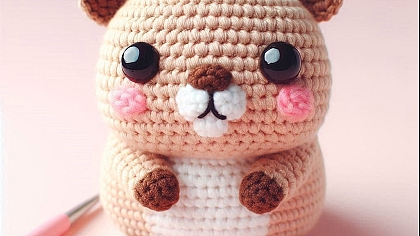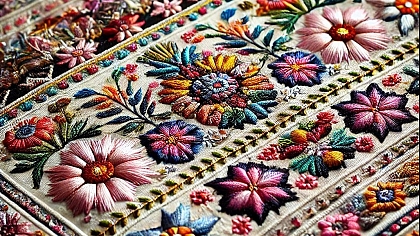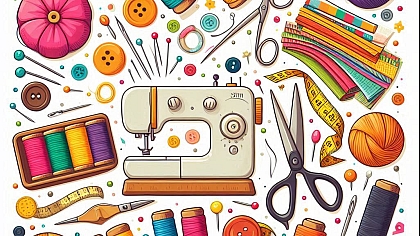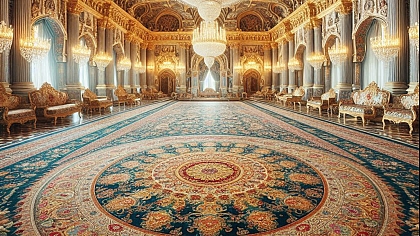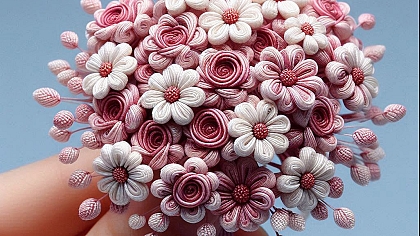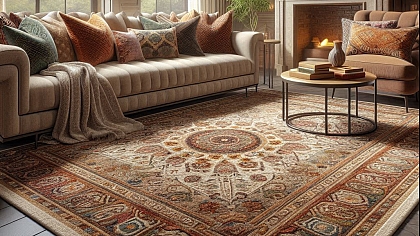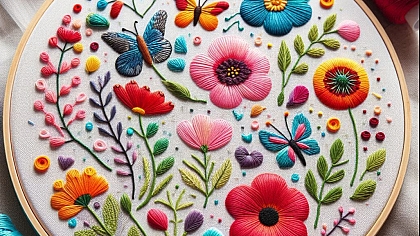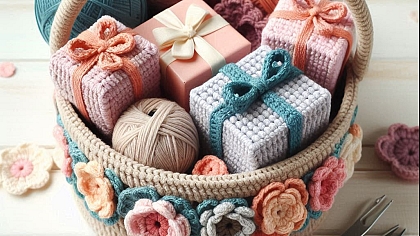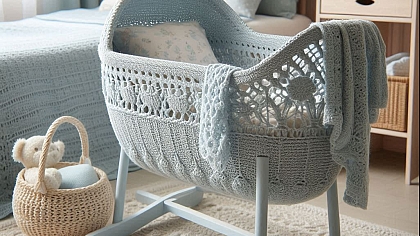
The Art of Weaving: From Threads to Tapestries
Weaving, an age-old craft that intertwines creativity and skill, has been a fundamental aspect of human civilization for thousands of years. This intricate process transforms simple threads into complex and beautiful tapestries, each piece telling a unique story. As a crocheter, the techniques and principles of weaving hold a special fascination, offering both a challenge and an inspiration for new projects. This article delves into the art of weaving, from its rich history and the materials used, to the detailed techniques and the creation of stunning tapestries.
The History of Weaving

Weaving is one of the oldest crafts known to humanity, with evidence of woven textiles dating back to ancient civilizations. The earliest examples of weaving have been found in Egyptian tombs, dating to around 5000 BC. These early weavers used simple looms and natural fibers like flax, wool, and cotton to create functional and decorative textiles.
As civilizations evolved, so did the art of weaving. In Mesopotamia, intricate woolen textiles were produced, while in China, the development of silk weaving became a highly prized and secretive craft. The Greeks and Romans further advanced weaving techniques, introducing complex patterns and looms. Throughout the Middle Ages, weaving became a central part of European culture, with guilds forming to protect and pass down the knowledge of the craft.
Materials Used in Weaving
The choice of materials is crucial in weaving, as it influences the texture, durability, and appearance of the final product. Traditional weaving materials include natural fibers such as wool, cotton, silk, and flax. Each of these fibers has unique properties that affect how they are spun, dyed, and woven.
Wool is known for its warmth and elasticity. It is a versatile fiber that can be spun into various thicknesses, making it ideal for creating textured, durable fabrics. Cotton, on the other hand, is soft, breathable, and absorbent. Widely used for its comfort and ease of dyeing, cotton produces smooth and strong fabrics suitable for a range of uses. Silk, with its luxurious and strong properties, has a natural sheen and drape that makes it perfect for high-end textiles. However, its delicate nature requires careful handling during weaving. Flax, commonly known as linen, is prized for its strength and natural luster. It produces crisp, cool fabrics that soften beautifully with age.
Weaving Techniques
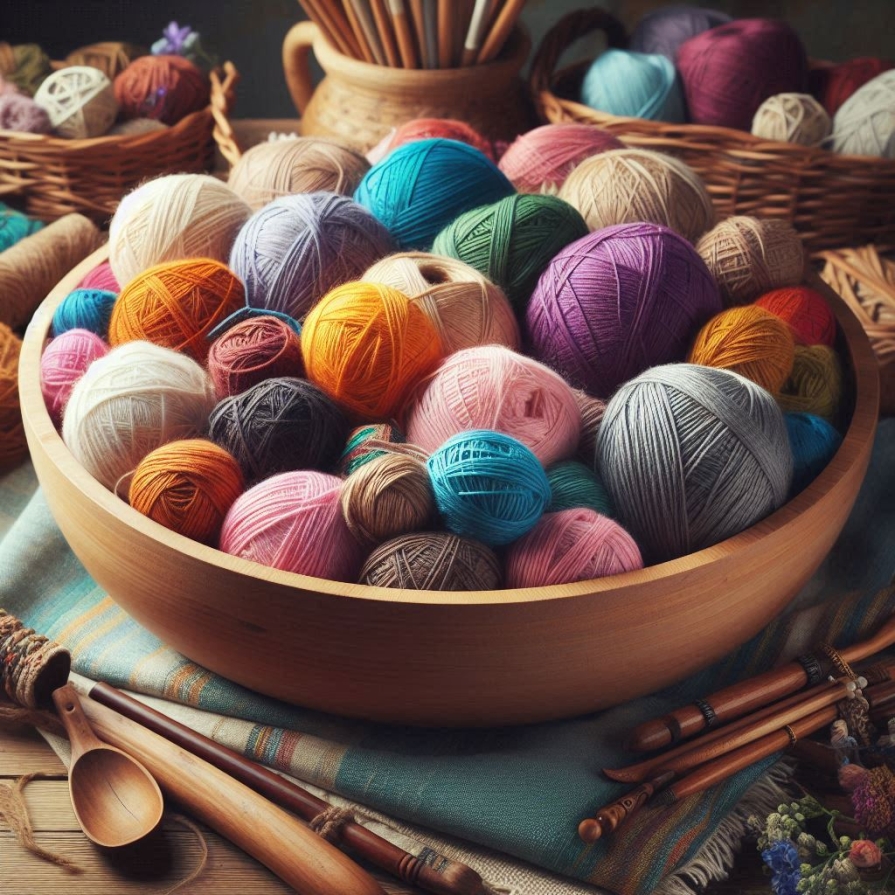
The art of weaving encompasses a variety of techniques, each offering unique ways to manipulate threads into intricate patterns and textures. At the heart of weaving is the loom, a device that holds warp threads in tension while weft threads are interlaced through them. There are several types of looms, ranging from simple frame looms to complex floor looms, each suited to different styles of weaving.
One of the simplest and most ancient weaving techniques is plain weave, where the weft thread alternates over and under each warp thread. This creates a strong, balanced fabric suitable for many uses. Twill weave, recognized by its diagonal ribbing, is another common technique that adds texture and durability to the fabric. Satin weave, with its smooth, lustrous surface, is often used for luxurious textiles.
In addition to these basic weaves, there are numerous decorative techniques that add complexity and beauty to woven textiles. Tapestry weaving, for example, involves creating detailed, pictorial designs by using different colored weft threads. This technique requires a high level of skill and patience, as each color is woven separately, often using a small bobbin or needle.
Creating a Tapestry
Creating a tapestry is a labor-intensive process that combines artistic vision with technical expertise. The process begins with a detailed design, often drawn to scale on paper. This design serves as a blueprint, guiding the weaver as they work.
The next step is preparing the loom. Warp threads are carefully measured and wound onto the loom, ensuring even tension throughout. This step is crucial, as uneven tension can cause the finished tapestry to distort. Once the loom is prepared, the actual weaving begins.
Tapestry weaving is unique in that the weft threads do not travel the full width of the fabric. Instead, they are woven back and forth in small sections, following the contours of the design. This allows for intricate patterns and images to be created, much like painting with threads. As the weaver works, they must constantly refer to the design, carefully selecting and blending colors to achieve the desired effect.
One of the most challenging aspects of tapestry weaving is maintaining even tension and smooth transitions between colors. Skilled weavers use a variety of techniques to achieve this, such as interlocking wefts and careful blending of colors. The use of different weaving tools, such as beaters and shuttles, also helps to ensure a consistent and professional finish.
The Role of Color in Weaving
Color plays a vital role in the art of weaving, influencing both the aesthetic and emotional impact of the finished piece. The choice of colors and how they are combined can convey different moods and themes, from the bold and dramatic to the subtle and serene.
Dyeing yarns is an art in itself, with natural dyes offering a rich palette of colors derived from plants, minerals, and insects. The process of dyeing requires precision and knowledge, as different fibers absorb dyes differently. Wool, for example, takes dye readily, resulting in vibrant, saturated colors. Cotton and linen, being cellulose fibers, require special mordants to achieve similar results.
In addition to dyeing, the way colors are combined during weaving can create stunning effects. Techniques such as color blending, shading, and gradation allow weavers to achieve a range of visual textures and depth. The use of complementary and contrasting colors can enhance the visual impact, drawing the viewer's eye to specific areas of the tapestry.
The Evolution of Weaving
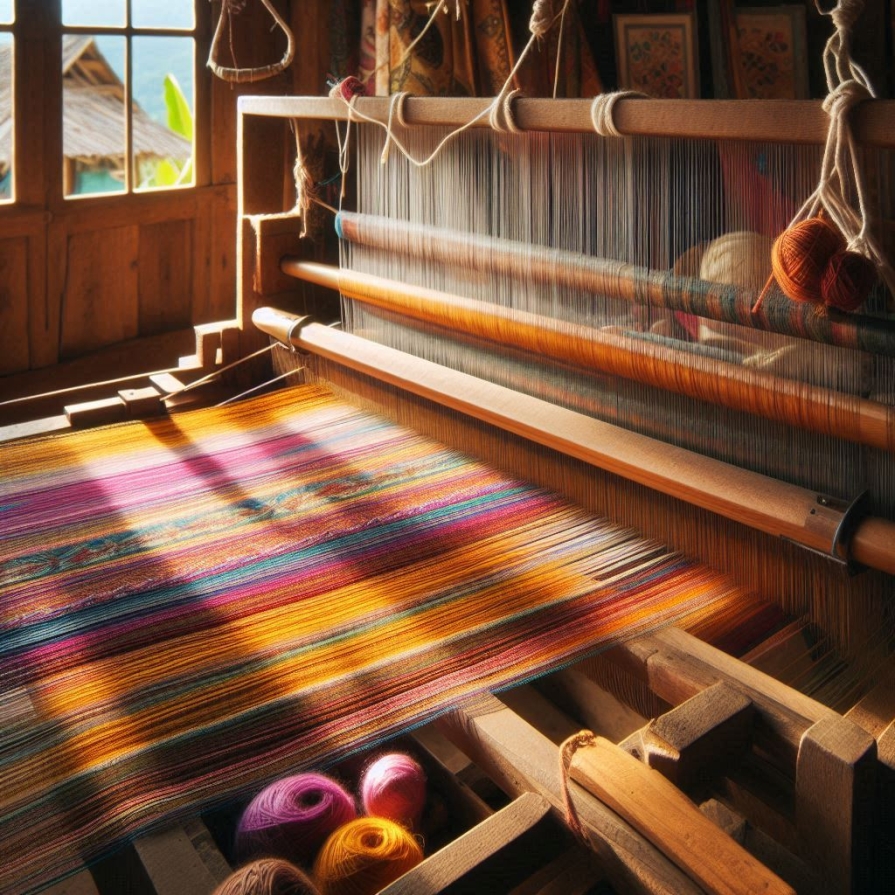
Throughout history, weaving has evolved, incorporating new technologies and artistic trends. The Industrial Revolution brought significant changes to weaving, with the invention of mechanical looms and mass production techniques. While this made textiles more accessible, it also led to a decline in traditional hand-weaving skills.
Today, there is a renewed interest in hand-weaving as an art form. Contemporary weavers are exploring innovative techniques and materials, pushing the boundaries of what can be achieved with thread and loom. The use of unconventional materials, such as metal wire, paper, and recycled fabrics, adds a modern twist to this ancient craft.
The integration of digital technology has also opened up new possibilities for weavers. Computer-aided design (CAD) software allows for precise planning and pattern creation, while digital looms can replicate complex designs with ease. This fusion of traditional craftsmanship and modern technology is breathing new life into the art of weaving, ensuring its relevance for future generations.
The art of weaving is a testament to human creativity and ingenuity, transforming simple threads into tapestries that capture the imagination and tell stories through their intricate patterns and textures. From its ancient origins to its modern resurgence, weaving continues to inspire and challenge artists and craftspeople around the world. Whether you are a seasoned weaver or a crocheter looking to explore new techniques, the world of weaving offers endless possibilities for creative expression. By understanding the history, materials, and techniques of this timeless craft, we can appreciate the skill and artistry that goes into every woven masterpiece.

